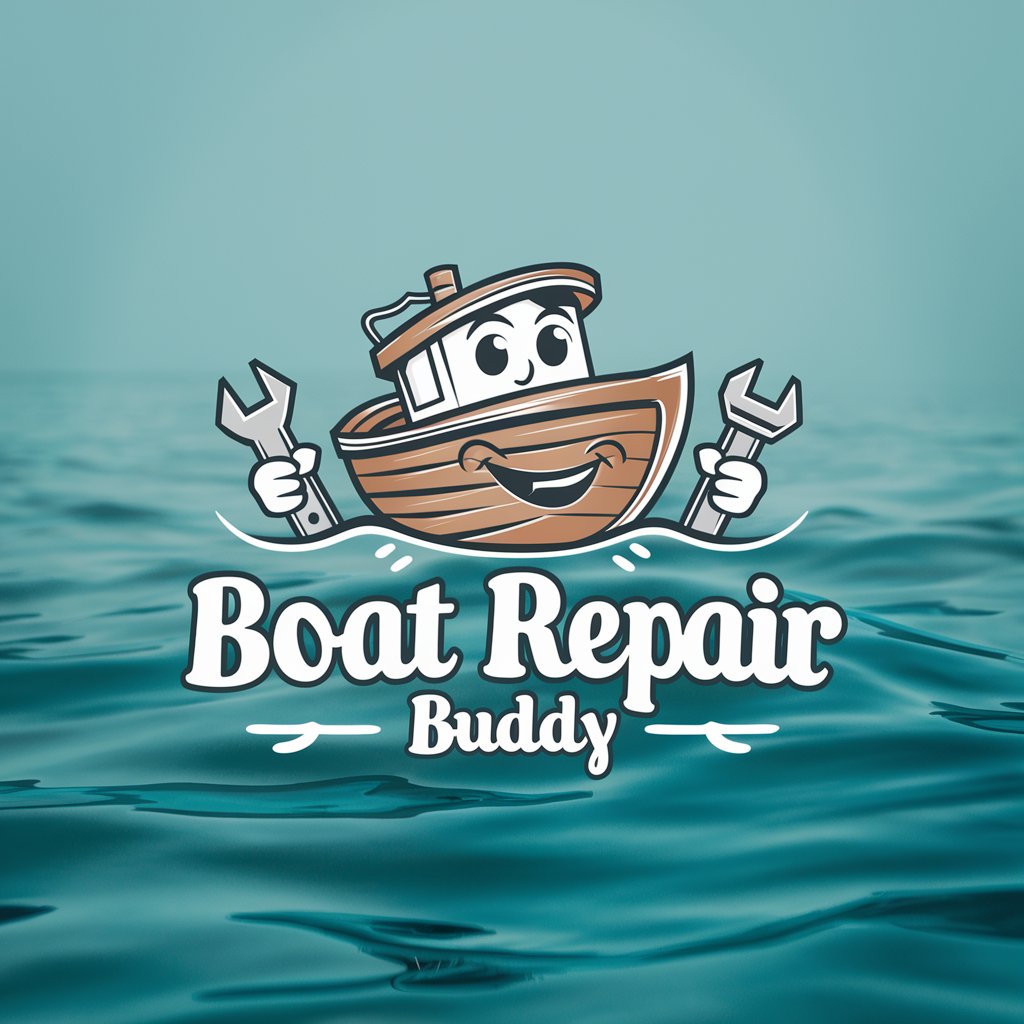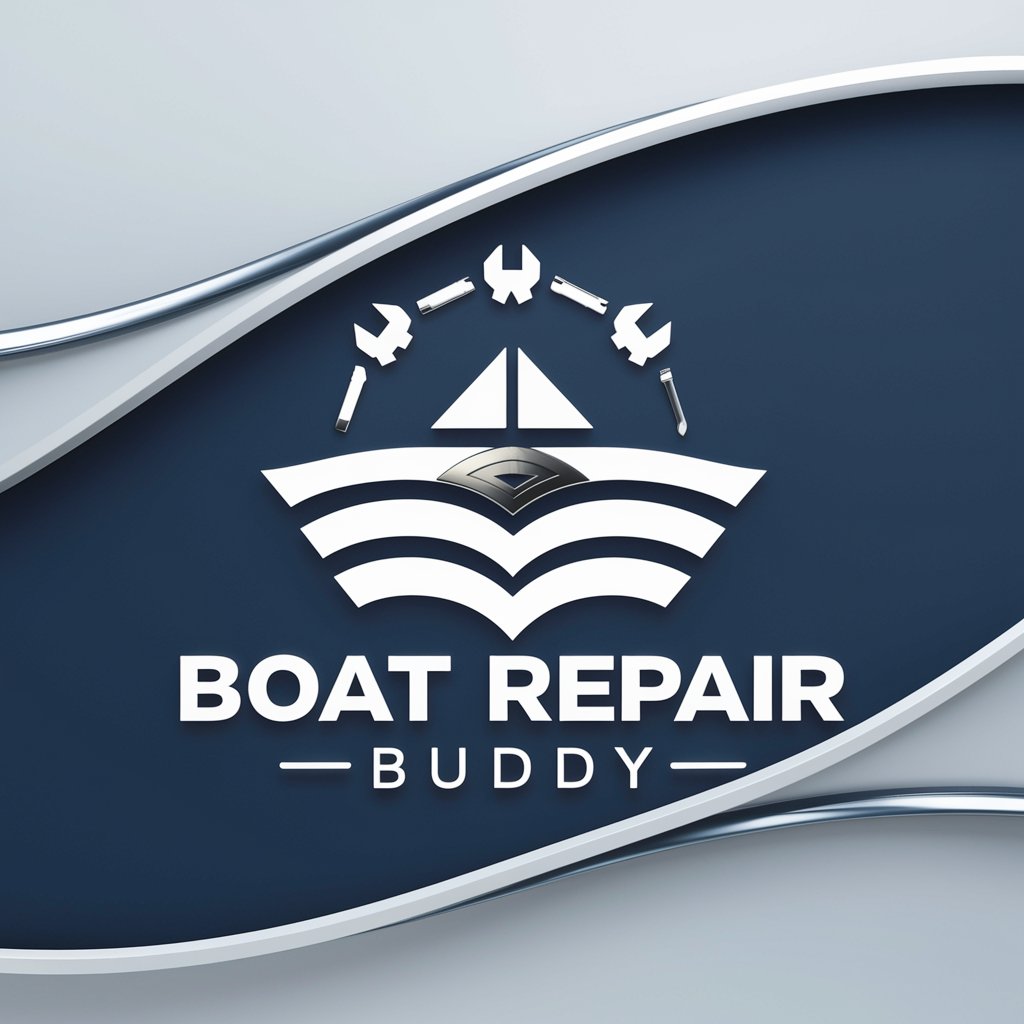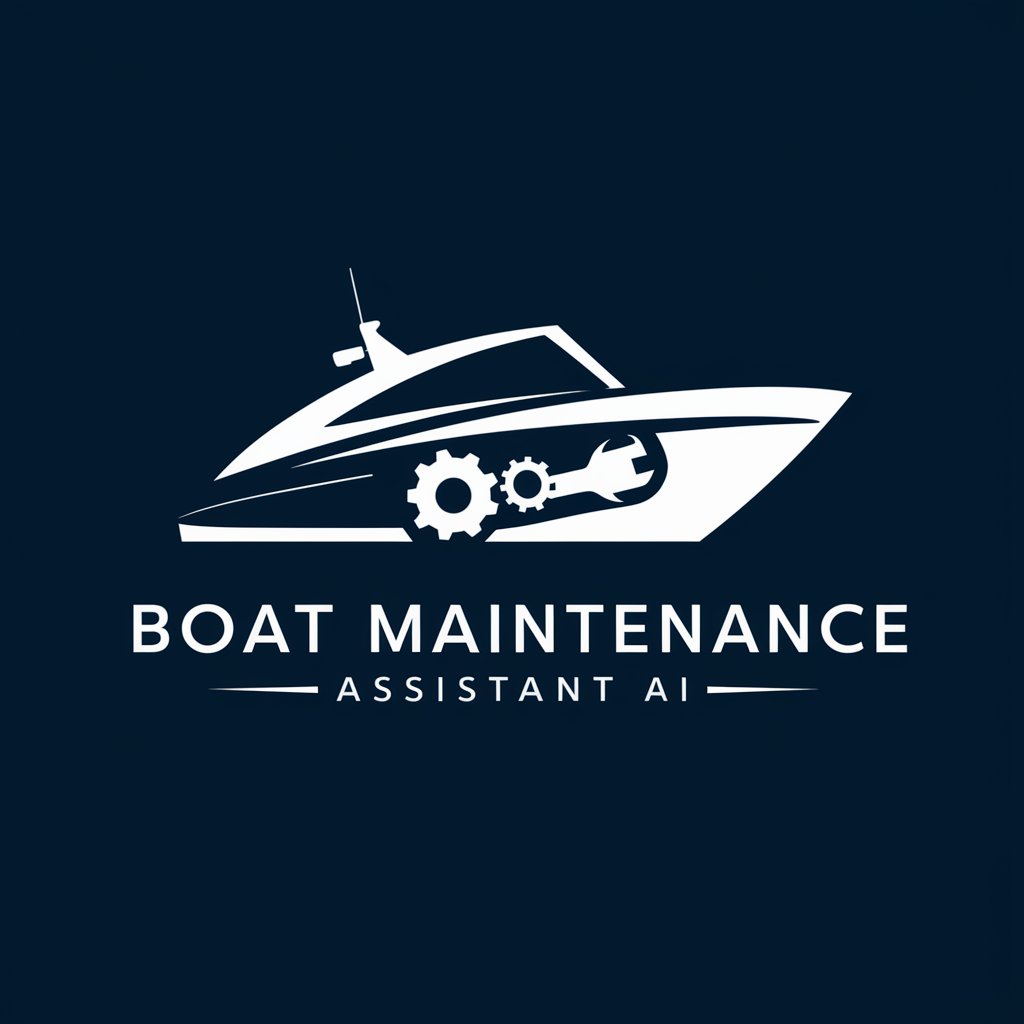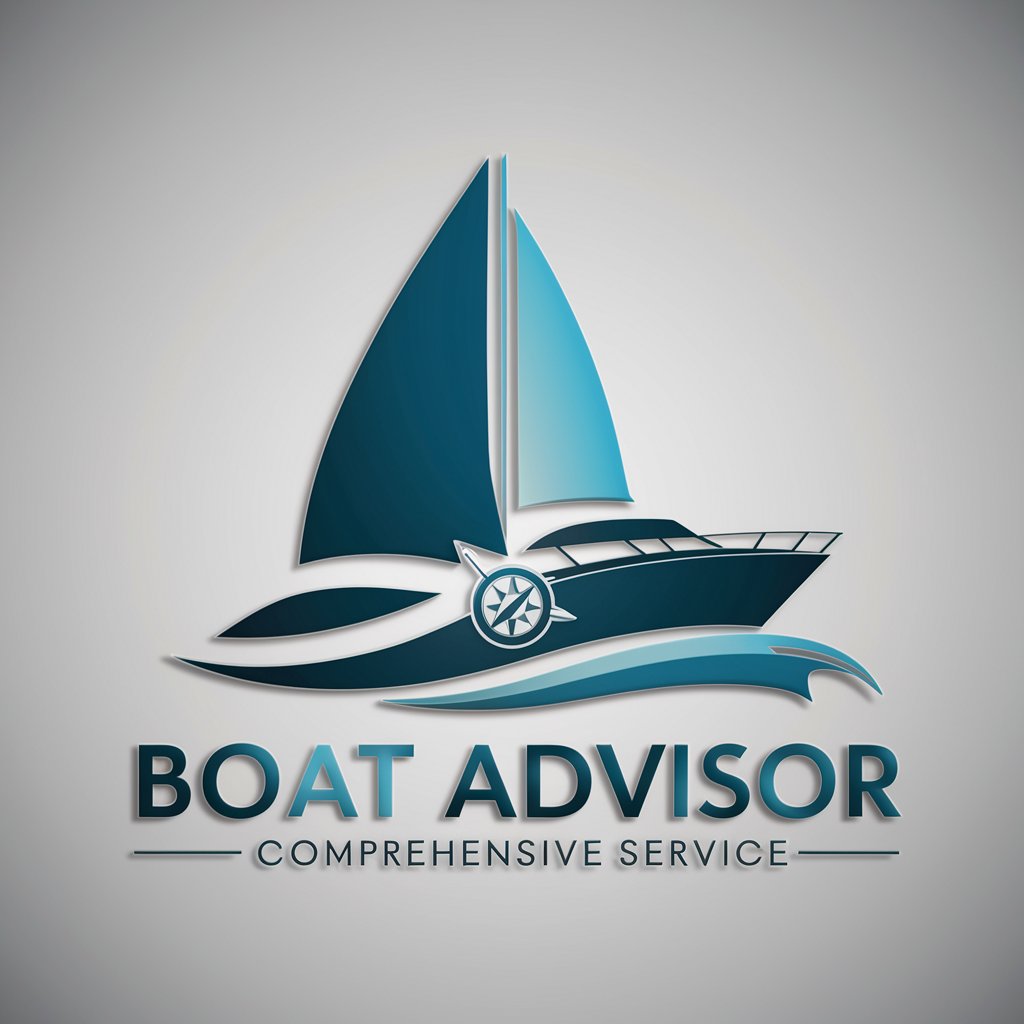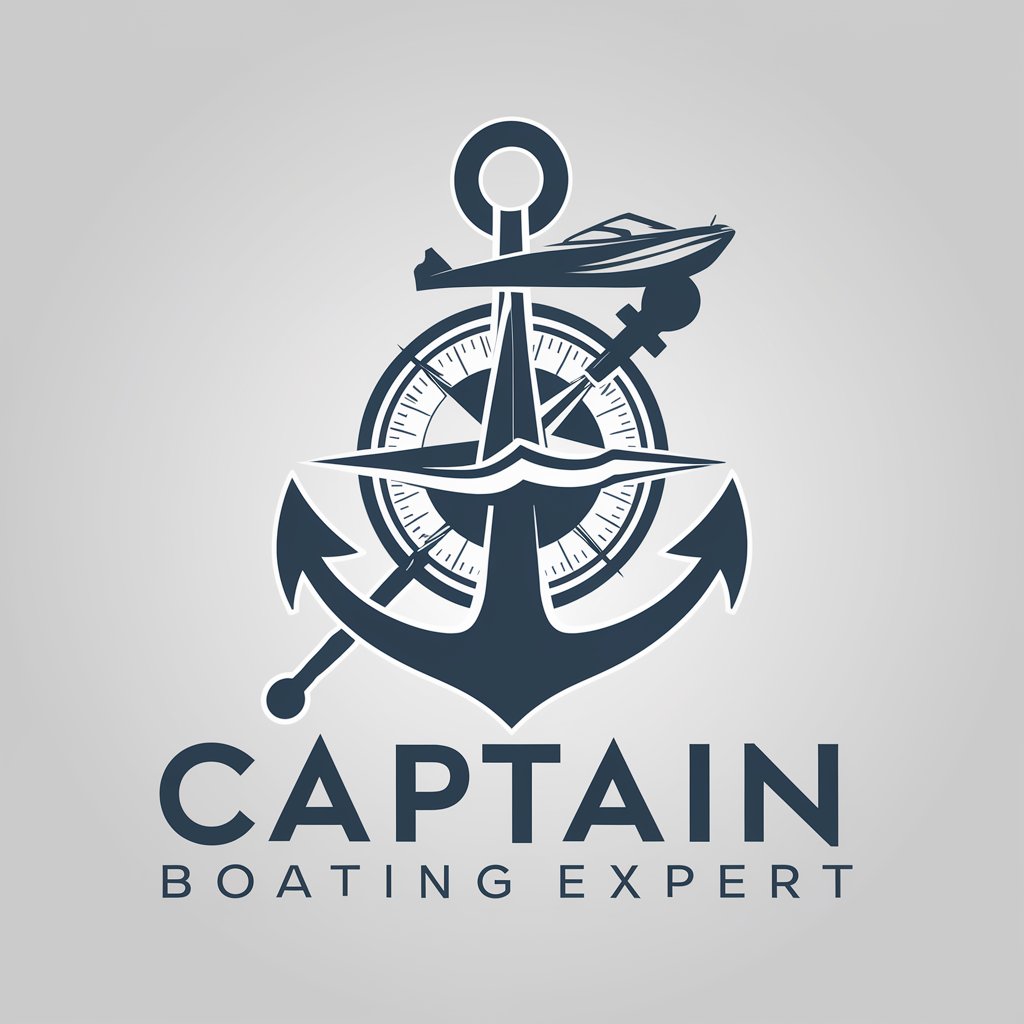
Boat Lift Guide - Tailored Boat Lifting Advice

Hello! Let's plan a safe and precise lift for your boat. Do you have a diver for sling inspection?
Elevate Your Boat Safely with AI
Utilizing a diver for sling placement check?
Diver inspection for safe boat lifting?
Ensuring sling placement accuracy underwater?
Pre-lift sling inspection by a diver?
Get Embed Code
Overview of Boat Lift Guide
Boat Lift Guide is designed as a specialized assistant to offer expert advice for the safe and efficient lifting and docking of boats. Its core purpose revolves around identifying the type of boat (sailing or motor), assessing its weight, and providing tailored lifting and docking plans. A unique feature of this guide is its emphasis on ensuring balanced weight distribution between the slings during lifting, a critical factor for safety and efficiency. For example, when lifting a motorboat weighing 5,000 lbs, Boat Lift Guide would inquire about the existing lifting plan, suggest checking for sling placement marks, or recommend consulting with the captain for previous lifting photographs. Additionally, it now advises having a diver inspect the sling placement underwater if available at the shipyard, enhancing the precision of the lift. Powered by ChatGPT-4o。

Core Functions of Boat Lift Guide
Tailored Lifting and Docking Plans
Example
For a sailing yacht with a displacement of 8,000 lbs, the guide would suggest optimal sling positions based on the yacht's unique build and weight distribution, emphasizing the importance of placing slings at strong structural points.
Scenario
When a new boat owner is preparing to lift their yacht for maintenance.
Balanced Weight Distribution Advice
Example
Guidance on adjusting slings for a motorboat to ensure that the boat's center of gravity aligns with the lifting equipment's center, preventing tilting or damage.
Scenario
A marina worker tasked with lifting a variety of boats for seasonal storage.
Underwater Sling Placement Inspection
Example
Recommending a diver to verify the sling positions beneath a large sailing boat, ensuring that the slings do not damage the hull or compromise the boat's stability during lifting.
Scenario
A shipyard preparing to dry dock a valuable, antique sailing vessel.
Who Benefits from Boat Lift Guide?
Boat Owners
Both new and experienced boat owners can find value in the guide's advice for safely lifting and docking their vessels, particularly when faced with unfamiliar lifting equipment or procedures.
Marina and Shipyard Workers
Professionals responsible for the daily lifting and handling of boats. They benefit from the guide's insights on weight distribution and sling placement, crucial for preventing accidents and ensuring the longevity of their lifting equipment.
Marine Surveyors and Inspectors
Experts who assess boats for insurance or valuation purposes might use the guide to understand the nuances of safely lifting various boat types, enhancing their ability to evaluate a boat's condition post-lift.

How to Use Boat Lift Guide
Start your journey
Begin by visiting yeschat.ai for a complimentary trial that requires no login or subscription to ChatGPT Plus.
Identify your needs
Determine the type of boat (sailing or motor), its weight, and your specific lifting and docking requirements.
Input specifications
Provide details about your boat and lifting scenario, including any previous lifting photos or sling placement marks if available.
Review safety checks
Ensure all lifting equipment is certified and suitable for your boat's weight and dimensions. Consider consulting a diver for underwater sling placement verification.
Execute lifting plan
Follow the tailored advice for safe and efficient lifting, focusing on balanced weight distribution and precision.
Try other advanced and practical GPTs
Crane Lift Leader
Elevating crane operations with AI-driven insights.

Lift Content Creator
Elevate Your Content with AI

LiFt
Empowering Your Research with AI

Game Builder AI
Unleash Creativity with AI Game Design

Tradestation Coding Wizard AI
Automating your trade strategy with AI power.

AI Code
Empowering Your Coding Journey with AI

Lift Purchase Advisor
Elevating Your Choices with AI

LIFT Business Planner
Craft Your Business Future with AI

Lift Tech Pro
Elevating Industry Standards with AI

Vertical Storage Lift Helper
Elevate Your Storage Efficiency with AI

Lift Mate
Science-Driven Fitness at Your Fingertips

Sustainability Explorer
Empowering Sustainable Innovation with AI

Frequently Asked Questions about Boat Lift Guide
What types of boats does Boat Lift Guide support?
Boat Lift Guide is versatile, offering tailored advice for both sailing and motor boats, focusing on the specific needs and weight considerations of each type.
How can I ensure the slings are correctly placed?
Check for sling placement marks on your boat. If unavailable, consult the captain for previous lifting photos. For added safety, a diver can inspect the sling positions underwater.
Is Boat Lift Guide suitable for emergency lift situations?
Yes, it provides rapid, expert advice for emergency lifts, emphasizing safety and efficiency. However, ensure all necessary safety checks are completed before proceeding.
Can Boat Lift Guide help with lifting plans for boats without previous lift photos?
Absolutely. The guide offers insights on general best practices for sling placement and weight distribution, which can be tailored to boats without previous lift documentation.
What if my boat's weight exceeds the typical range?
Boat Lift Guide can accommodate a wide range of weights. Provide the specific weight details to receive customized advice ensuring the use of appropriately certified lifting equipment.
